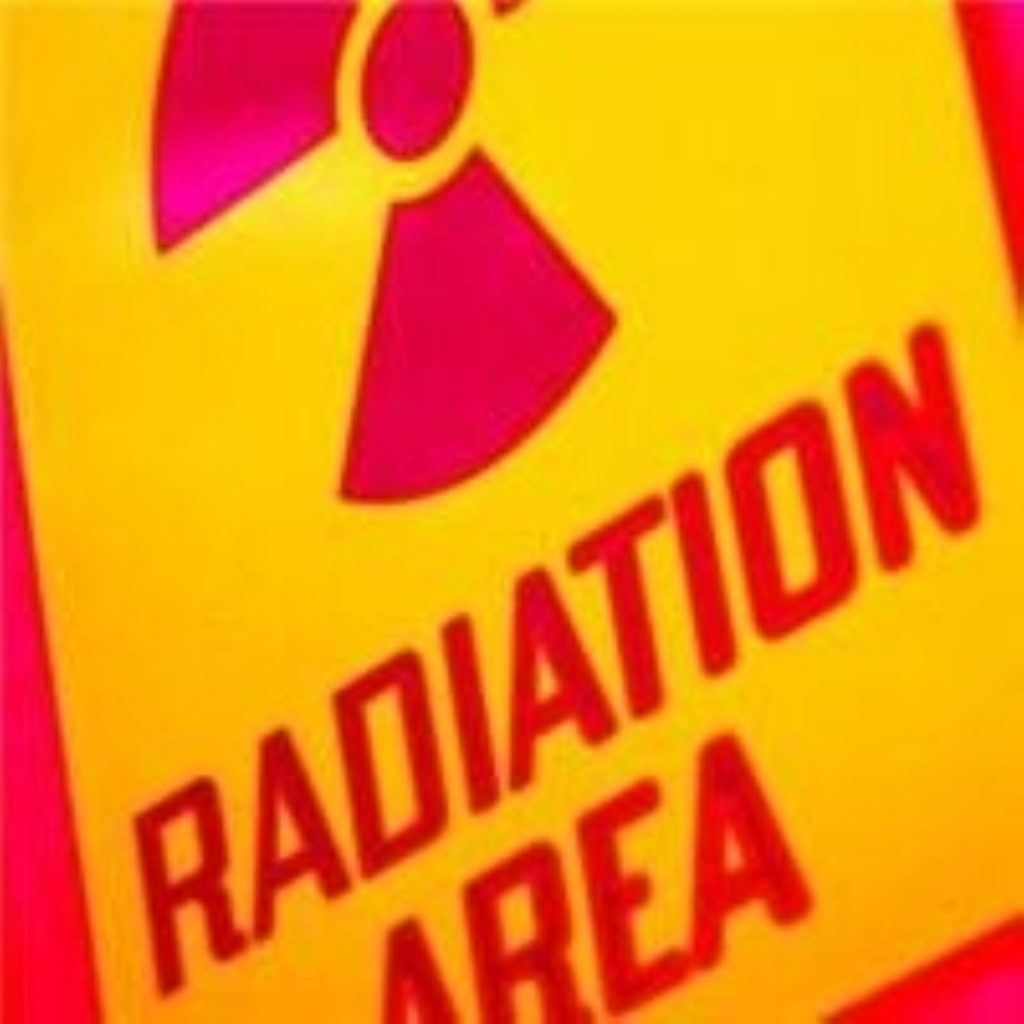No evidence of nuclear power cancer link
A new report has concluded that there is no evidence that living near a nuclear power station increases the risk of cancer in children.
A study of more than 32,000 cases of childhood cancer diagnosed in Britain between 1969 and 1993 failed to find any evidence of an elevated incidence of the diseases within 25km of Britain’s 13 nuclear power stations.
But the Committee on Medical Aspects of Radiation in the Environment (COMARE)’s tenth report did reveal excess cases of some childhood cancers near other nuclear installations including nuclear weapons manufacturing plants, waste reprocessing or research units.
There was a larger than expected incidence of leukaemia and non-Hodgkin’s lymphoma (NHL) cases near Burghfield atomic weapons establishment in Berkshire, Sellafield reprocessing plant in Cumbria and in particular the Dounreay reprocessing plant in Caithness.


The outgoing chairman of COMARE, Bryn Bridges, explains that these blips may not be related to the nuclear plants, but a function of population mixing.
Families moving to work in nearby industries expose children to new infectious agents, which increase the leukaemia risks, he said.
The report also revealed an elevated risk of solid tumours around Burghfield, around the military establishments at Aldermaston, in Berkshire, and around Harwell, in South Oxfordshire.
Professor Bridges concedes the higher cancer rates in Oxfordshire and Berkshire cannot be explained, but argues they are not linked to radiation because the spread of cases occurs far from nuclear plants.
The study also identifies a tiny excess of leukaemia, NHL and solid tumours in Rosyth, on the Firth of Forth, which hosts a dockyard that refits nuclear submarines.
Here analysis showed the probability of developing the diseases increases with proximity to the site, but Professor Bridges says further analysis is needed to ascertain the real meaning of these results.
Both Professor Bridges and the Government stresses the report’s key point is that there is no increased risk of childhood cancers from nuclear power stations.












